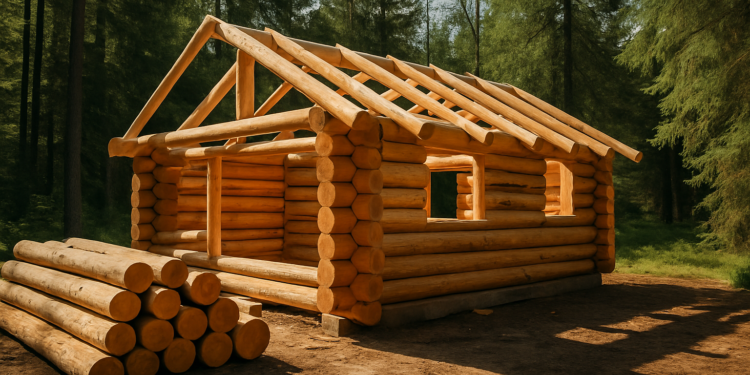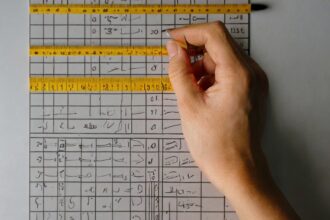What’s Actually Included in a Log Cabin Kit?

If you dream of owning a charming log cabin, understanding what comes in a kit is your first crucial step. Log cabin kits make rustic homeownership more accessible, and, with the rise of build-ready log home kits, you can start your project with most major materials delivered straight to your building site. Whether you’re creating a weekend getaway or a full-time home, knowing what’s included ensures your build stays structurally and financially on track.
Despite their simplicity in concept, log cabin kits can differ greatly from one provider to the next. From the core structure to optional upgrades, each kit may include various features and leave out key components needed to finish your new home.
Table of Contents
Core Components of a Log Cabin Kit
Log cabin kits typically include core structural components, such as log walls, roofing materials, floor systems, windows and doors, and fasteners and sealants. These essentials are pre-cut, numbered, and ready to fit together for a durable exterior barrier. Some kits also provide metal or shingle roofing. The cabin shell is essential for weatherproofing and erecting the home.
Variations Among Different Kits
Log cabin kits vary in quality and may include additional features beyond the shell. Common upgrades include interior walls and partitions, porches and decks, and insulation for year-round comfort. Comprehensive kits may include all these features, while budget options may only provide the bare structure. Comparing inclusions helps avoid unexpected costs and delays.

Common Exclusions to Be Aware Of
Kits often lack foundation materials, plumbing, electrical, interior finishes, and labor. Buyers must source or arrange these items, as kits often don’t include essential supplies like concrete, rebar, or wires for critical home systems. Interior finishes are often left to the homeowner, and labor is separate from the kit cost.
Understanding Package Levels
Suppliers offer log cabin kits in various package types, including basic, weathertight, and complete packages. The basic package includes logs, hardware, and sealants, while the weathertight package includes exterior windows, doors, and roofing. The choice depends on skill level, time, and DIY involvement.
Additional Costs to Consider
The log cabin kit is a crucial part of a project budget. It requires site preparation, utilities and connections, permits and inspections, and interior completion. Clearing, leveling, and grading are not included. Local authorities must approve permits and inspections. All materials and labor are required.
Tips for Selecting the Right Kit
Assess Your Abilities and Needs
Be realistic about your carpentry skills and how much time and labor you can commit. Decide whether you want a simple shell or a package that is closer to move-in readiness.
Define Your Vision
Consider the size, style, and amenities your home requires. List out must-haves and nice-to-haves to guide your shopping.
Compare Package Details
Read the fine print and compare material specifications line by line, not just price points, to get the best value.
Research Manufacturers
Choose reputable companies with proven track records and positive reviews from past customers for the best outcomes.
Conclusion
Thoroughly understanding what’s included—and what’s not—when you purchase a log cabin kit will help you avoid unexpected costs and plan a successful build. From the structure to the finished work, every detail matters. By researching manufacturers, comparing packages carefully, and factoring in all project expenses, you can confidently build a cozy cabin tailored to your dreams.






